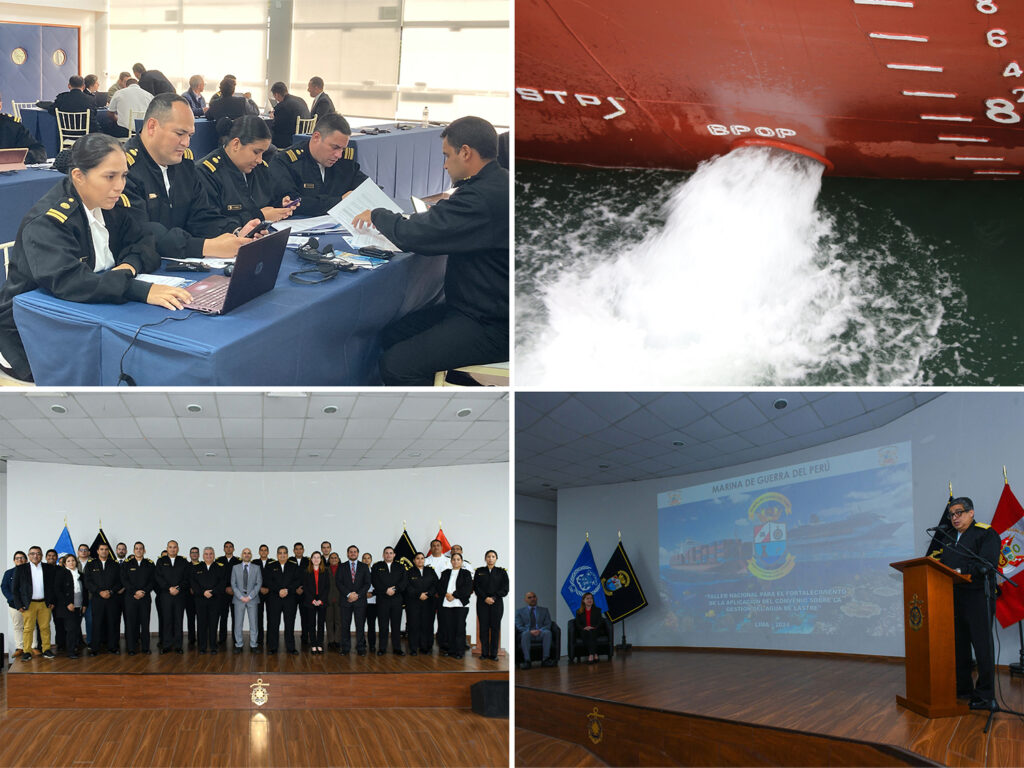Vehicle Carrier Safety Forum launches complementary document to IMO recommendations after latest Delphine case in Zeebrugge
The Vehicle Carrier Safety Forum (VCSF) publishes its second industry good practice guidelines entitled ‘Fire Response – High Level Guidelines’ after dozens of vehicles were destroyed when the Delphine, loaded with 260 vehicles, caught fire while docked in the Belgian port of Zeebrugge. It was the latest in a recent series of blazes, most severely affected by the Höegh Xiamen fires in 2020, the Felicity Ace, the Grande Côte d’Ivoire and the Fremantle Highway fires in 2023.
Challenges vehicle fires
The VCSF recognises that responding to vehicle fires onboard PCCs, PCTCs, RoRo and Ro-Pax vessels is both dangerous and challenging. These guidelines have been designed to reduce the risk to the safety of crews, passengers, the environment, the vessel and the cargo. The guideline’s sole aim is to assist vessel operators and crews to be better prepared to meet the challenges presented by vehicle fires.
The dangers of fires
The dangers of fires on vehicle carriers have been recognized by the International Maritime Organization’s Subcommittee on Naval Systems and Equipment, which in February launched an action plan to improve fire safety measures, focusing in particular on improving fire detection, prevention and extinguishing systems.
Much attention
Much attention has been paid to the responsibility of lithium-ion batteries in electric vehicles and the phenomenon of thermal runaway, caused by high temperatures that create a chemical reaction inside a lithium-ion cell, resulting in an uncontrollable state of self-heating. So far, however, only one accident has been officially attributed to the transport of electric vehicles.
A consortium VCSF
The Vehicle Carrier Safety Forum VCSF is a consortium of vessel operators, insurers and other industry experts, whose role is to promote safety on vessels designed to carry vehicles. The guidance is supported by industry bodies the International Group of P&I Clubs, the International Chamber of Shipping ICS and the TT Club.
Related : Video: Fire on a Hong Kong-flagged ship in the Red Sea
Intended of the guidelines
The guidelines are intended to be used by vessel operators when considering their own fire response policies and procedures with a particular emphasis on using existing fixed firefighting systems to control vehicle fires early in their development.
Using fixed fire suppression systems
The focus is on early fire suppression using fixed fire suppression systems. Regardless of whether the fires originate from lithium-ion batteries or not, early stage fires involving thermal runaway are more difficult to extinguish than a fire caused by an internal combustion engine, although the latter can also be problematic once established.
Both types of fires
Both types of fires commonly reach peak heat release within six to ten minutes of fire outbreak. If the initial response fails to bring the fire under control within 10 to 15 minutes of the first alarm, the use of fixed fire suppression systems is recommended.
Use the FFS system
Company policy should clearly give masters the authority to use the FFS system if they believe a predetermined inciting event has occurred. Crews should be trained in its use. Port fires require an ad hoc response and an appropriate detailed plan should be developed. Consideration should be given to liaising with local fire services in ports visited regularly.
The construction of the ship
The construction of the ship, particularly the fire resistance properties of decks and bulkheads, and the operation points of ramps/doors, including vehicles, should be considered in such plans. Operators should ensure that the stowage plan is kept up to date and contains all essential information, including the engine type of vehicles. As there is a risk that extinguished fires may reignite, ship operators should develop policies and procedures to control this possibility.
Related : Another Grimaldi Ship Catches Fire !
The industry debate on these issues is set to continue. Wallenius Wilhelmsen, the world’s largest car and truck operator, has publicly argued that transporting electric vehicles poses no greater risk than any other type of vehicle. However, the company has introduced restrictions on charging lithium-ion batteries for electric vehicles on board its ships to a maximum of 30%.
The lower state of charge is expected to mean the battery will take longer to thermally discharge in the event of a fire. Previously, such batteries were typically charged to 70%. Other Wallenius Wilhelmsen provisions include checking the vehicles’ electronic alarm systems and clearly marking electric vehicles on a ship’s loading plan.





